Looking back at 15 years of the iPad, Apple's revolutionary tablet
Announced on January 27, 2010, the iPad wasn't really an iPhone and not quite a Mac. The latest iPads blend the best of both worlds -- and that's now been an evolution a decade and a half in the making.
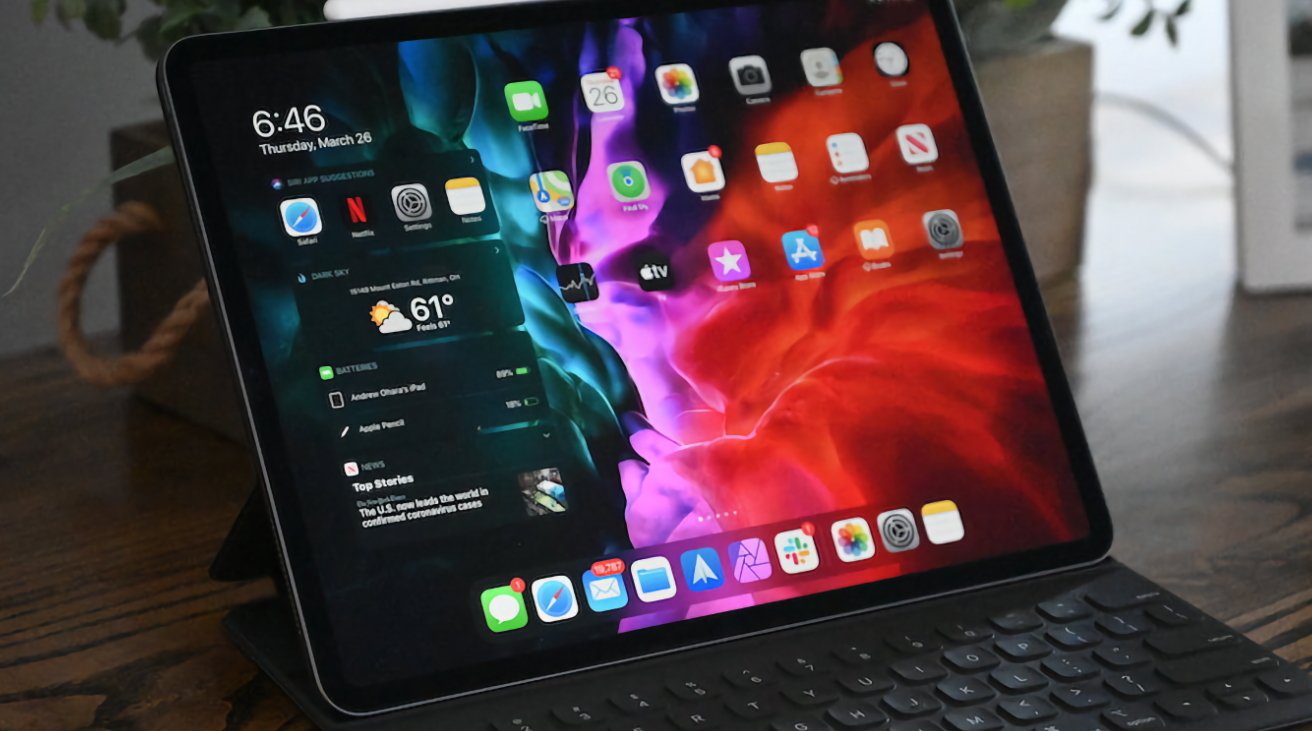
Apple's iPad Pro with Magic Keyboard
With trackpad support, revamped file systems, and no shortage of computing power, the latest iPad Pro lineup consists of serious competitors in usability for nearly every task to any hybrid or touchscreen notebooks out there. It hasn't always been that way, though.
Humble beginnings
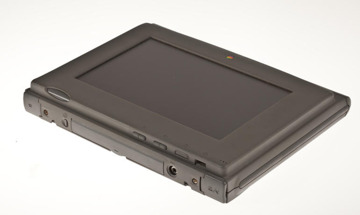
Long before the first iPhone, Apple was experimenting with tablet-like form factors and devices like the Newton MessagePad PDAs, or prototype hardware such as the PenLite (pictured above), a tablet device based on PowerBook.
Neither of those devices turned into the iPad, or really found much commercial success. Apple continued to work on the concept, eventually crafting a new multitouch tablet prototype in 2004.
Although originally slated to launch before the first iPhone, Apple's leadership eventually decided that the smartphone was more important.
The original iPhone debuted in 2007. Almost immediately after its release, rumors started circulating that Apple had some type of tablet in the works, and AppleInsider was one of the first venues to talk about it.
Just three years filled with furious speculation later, late Apple CEO and cofounder Steve Jobs unveiled the very first iPad on January 27, 2010 at the Yerba Buena Center in San Francisco.
The original iPad
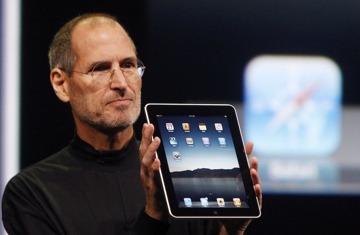
Apple's original iPad, announced in January 2010, landed in the public's hands on April 3. That first version featured a 9.7-inch display, an Apple A4 processor and up to 10 hours of battery life. It started at $499, with storage options topping out at 64GB, and interestingly, featured squared-off edges similar to today's iPad Pro.
But while it may seem fairly archaic by today's standards -- the device didn't even have a camera -- the original iPad heralded the age of the tablet for the average consumer after a decade of half-baked ideas on the Windows side. Apple sold about 300,000 at launch, and by May 3, that number reached a million.
Through the end of 2010, iPads were outpacing Mac sales on a quarter-by-quarter basis.
The iPad 2 and iPad 3
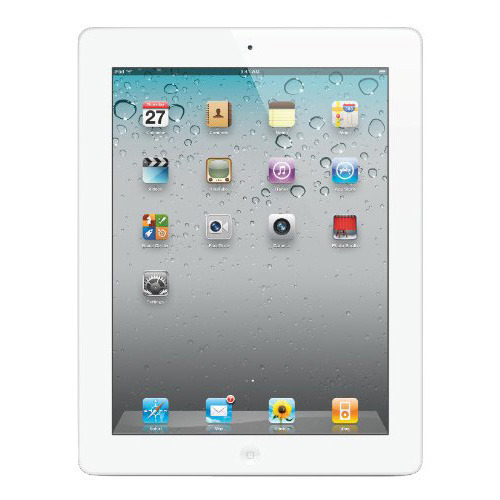
Released about a year after the original iPad, the iPad 2 was certainly a refinement of Apple's tablet ambitions. It was lighter, thinner, packed a dual-core A5 chip, and introduced support for Smart Covers.
Importantly, it was also the first tablet to sport a rear- and front-facing camera.
It's likely the device to help materialize what a tablet was from Apple's perspective. It became a cornerstone in Apple's line, eventually supported by six different versions of iOS, and it was really the first iPad to be specifically marketed for the education sector.
The incrementally updated iPad 3 came in 2012, sporting largely the same design as its predecessor. Its primary upgrade was a Retina display that offered 4 times the pixel count of the iPad 2.
It also featured an improved 5MP camera, an A5X chipset and localized LTE support
iPad 4, iPad mini
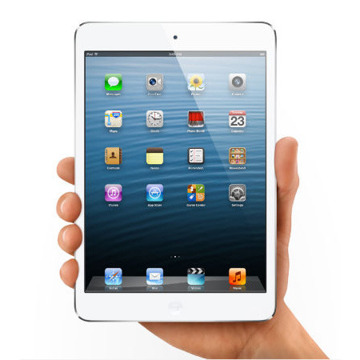
Things started changing for Apple's tablet lineup later in 2012. Several months after the debut of the third-generation iPad, Apple released a fourth generation that sported an A6X chip, FaceTime HD and a Lightning port -- becoming the first iPad to ditch the 30-pin connector.
That was an extremely quick refresh by any standard, and many reviewers found it difficult to recommend the fourth-generation iPad for consumers who had just bought the earlier iPad months before. Apple eventually relaunched the iPad 4 in 2014, after temporarily discontinuing it.
Alongside "the new iPad," Apple also launched the iPad mini, a tablet featuring similar specifications to the iPad 2 but in a smaller 7.9-inch footprint. While initially launched to fend off the likes of Amazon Kindles and Google Nexus tablets, it also marked the first time Apple really diversified the iPad lineup.
iPad Air, Retina iPad mini and successors
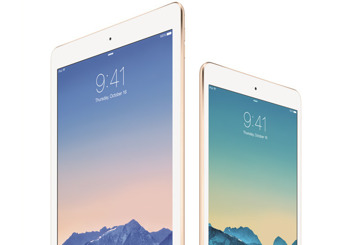
Apple redesigned the iPad again in 2013 with the iPad Air, the first tablet sold under that moniker. It featured upgraded cameras, slimmer bezels, and an A7 processor combined with an M7 motion co-processor. It was also, per its name, much thinner and lighter than the iPad 2.
The Cupertino company also released a new iPad mini at the same time, though it was a muted update with the only major feature being a Retina display.
A year later, in 2014, Apple released the iPad Air 2 and the iPad mini 3. Both tablets featured Touch ID for the first time, and the Air 2 was updated to a triple-core A8X CPU and 2GB of RAM. By then, the iPad's popularity was beginning to wane in the face of larger handsets like the iPhone 6 and 6 Plus.
The first iPad Pros, iPad mini 4
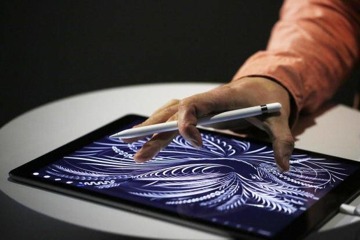
If you were to try and trace the start of Apple's current tablet strategy, 2015 would be a good place to start. In an effort to revitalize the iPad, Apple released the very first iPad Pro in September 2015.
It was a 12.9-inch tablet with an A9X processor, 4GB of RAM and the very first Smart Connector port, allowing users to connect the tablet to the Smart Keyboard without Bluetooth. Alongside the new Pro device, Apple also unveiled the first Apple Pencil, an advanced stylus with low latency, angle detection and pressure sensitivity.
Apple also released an iPad mini 4 at the same time. Featuring an A8 processor and 2GB of RAM, the device would become the last iteration of Apple's mini-tablets for some time.
A smaller iPad Pro, first equipped with a 9.7-inch display, was later released in March 2016. While essentially a smaller version of the 12.9-inch model, it included some unique features and additions, including True Tone display technology and a rose gold color option.
This was also the time that Apple started differentiating iOS for iPad from iOS for iPhone, although it wouldn't rename it iPadOS until 2019. For now, iOS 9 featured new multitasking features like Split View, Slide Over and Picture in Picture, hinting at what was to come.
iPad (again), new iPad Pros

Apple quietly announced the fifth-generation iPad in March 2017, dropping the Air moniker for a time. But despite the change in name, the entry-level iPad still had the same design -- though it was a little thicker.
It did feature a price drop and upgraded internals, however.
There were also two new iPad Pro models in 2017. The most significant update was the smaller of the two, which was bumped up to a 10.5-inch display with 40% slimmer bezels and a 120Hz display refresh rate.
The 10.5-inch iPad Pro featured 30% faster performance and 40% better graphics than its predecessor, thanks to a new A10X and M10 co-processor. The 12.9-inch featured similar upgrades, but its footprint remained the same as its predecessor.
2018 iPad Pro, 2018 iPad
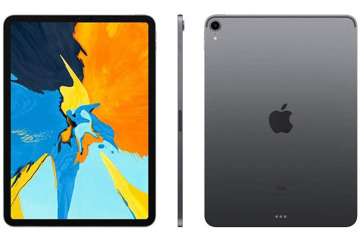
Apple took another shot at the iPad Pro in 2018, and it turned out to be a major upgrade. The now-11-inch and 12.9-inch iPad Pro received the iPhone X treatment with uniform and ultra-slim bezels. They also nixed the Home button in favor of Face ID and gesture-based controls.
The major overhaul also saw the Lightning connector replaced with a USB-C port, as well as the introduction of a new generation of Apple Pencil which attached to an iPad Pro and charged magnetically. Internally, the devices feature an A12 Bionic chipset, a new Liquid Retina display, upgraded cameras and storage capacities up to 1TB for the first time.
The 2018 base iPad, by comparison, was an incremental upgrade. It sported essentially the same design that we've seen since the iPad Air 2. While it missed out on most modern iPad Pro features, it remained significantly cheaper than most Apple tablets and featured an upgraded A10 chip and Apple Pencil support.
2019 iPads
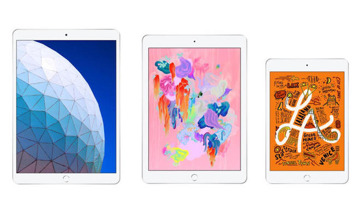
In 2019, we saw one of the largest revamps of the broader iPad stable to date. Apple released a total of three new iPads across the lineup: a new base model iPad, an iPad mini and the first iPad Air since 2014.
The iPad Air, the third-generation, was essentially a 10.5-inch iPad Pro successor. With a middle-ground price point, the iPad Air features serious power for the money with support for the first-generation Apple Pencil and the Smart Keyboard.
Apple's new iPad mini, unofficially the iPad mini 5, is also essentially an iPad Pro in a different form factor. It featured the same 7.9-inch display and home button of the last iPad mini, but packs Apple's latest silicon and other internal upgrades under the hood.
Apple also released a new entry-level iPad with a 10.2-inch display, its most affordable tablet to that date. Around this time, Apple also split off its tablet operating system into iPadOS, which incorporated some exclusive multitasking features separate from iOS, like the ability to open multiple windows of the same app or better text editing capabilities.
A quiet but important 2020
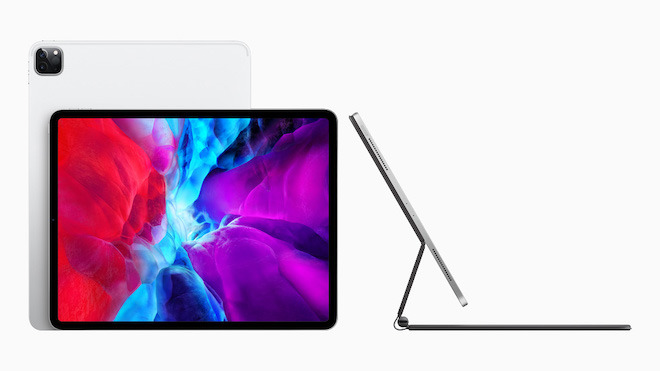
While it was back in 2017 that Apple first ran its "What's a computer?" iPad ad, arguably it was around 2020 that the iPad matured into more of a computer than a tablet.
That's despite how the 2020 iPad Pro models remained relatively unchanged from their 2018 predecessors, sporting the same general design and specifications. The addition of a LiDAR sensor, a new A12Z Bionic chipset and an 8-core GPU were the major upgrades.
But something else happened in 2020 that really changed things up for Apple's tablets: the introduction of full trackpad and mouse support. Alongside a new Smart Keyboard with Trackpad accessory, Apple introduced full support for pointing devices in iPadOS 13.4.
That marked a departure from Apple's previous strategy. While iOS and iPadOS 13 featured mouse support, it was buried in Accessibility.
From now, it would be front and center. Apple even expanded that support to non-Pro tablets, and Logitech debuted trackpad options for the entry-level iPad and iPad Air.
And, more than anything else, that really suggests that Apple views the iPad Pro lineup as a serious competitor to actual laptops and two-in-one hybrids. While some hurdles remain, such as a closed-off filesystem, Apple's tablets became more like a computer than they've ever been before.
The iPad in 2021 and 2022
There has always been an argument that the iPad is great hardware that's held back by iPadOS. There are reasons for and against having iPads run macOS instead, but whatever the merits, it doesn't look like Apple is going to drop iPadOS anytime soon.
Yet the claim that the hardware is superb may be reflected in how Apple's updates in 2021 and 2022 were comparatively muted -- with one exception. The iPad Pro gained an M1 processor, and we learned of this while watching Tim Cook appearing to steal it from the Mac.
From this point, the iPad Pro has been on the Apple Silicon M-series processors. The regular iPad, updated in 2021 to the 9th generation used the Apple A13 Bionic, and in 2022, the 10th gained the A14 Bionic.
Early in 2022, the iPad Air also stepped up to the M1, and it gained Center Stage.
As significant as the move to the M1 was, it wasn't the greatest surprise. Whereas what happened in 2023 was.
The decline and rise of the iPad
Considering that it is really the only successful tablet, sales of the iPad have trended downwards, a decline that continues today. But in 2023, there was a concern that maybe Apple itself was giving up on the device.
Because the updates to the iPads were not slight or muted in 2023, they were non-existent. Apple did not release any new generations of the iPad, iPad Air, iPad Pro, or iPad mini -- and it was the first year since 2010 that this had happened.
In retrospect, though, perhaps Apple's resources were committed to the Apple Vision Pro. And the iPhone. And the Apple Silicon Macs.
For in 2024, Apple came close to doing exactly the reverse. With the exception of the regular iPad, which has remained on its 10th generation since October 2022, Apple updated everything.
The iPad mini surprised us all with a spec-bump release in October 2024. The iPad Pro fulfilled expectations by coming out with a higher-quality OLED screen -- and surprised us with a nano-texture option.
It's fair to say that it also wowed us by being even thinner than before. And then it was the first-ever Apple device to sport the M4 processor.
While these features were well-received by reviewers, though, it did then look as if they had been insufficient to prompt many existing users to upgrade.
Which means that 2024's lineup of iPads has become a little less distinct. The iPad Pro remains top of the range, but with features that seemingly not compelling enough -- and the iPad Air has surely grabbed market share from it.
For it was in 2024 that the iPad Air came in two sizes for the first time. While its new, large 13-inch version isn't actually quite the 13-inches of the larger iPad Pro, it's still the biggest non-Pro iPad ever released.
Now if you wanted a larger screen, you didn't have to buy an iPad Pro.
What this means, 15 years into the iPad, is that the range of tablets at all price points is better than it's ever been, but the choice is more confusing.
Still, with the exception of the base iPad -- which is expected to be updated early in 2025 -- the lineup from top to bottom consists of powerful tablets. Every one of which is still readily recognizable as being descended from that piece of glass Steve Jobs showed off in 2010.
Read on AppleInsider





Comments
That was 27 years ago.
My daily driver remains the 9.7” Pro: 80% of what computing I do is done on that with a Smart Keyboard; because the other 20% is usually heavy lifting or where I need to get important stuff done that much quicker, my MBP and Thunderbolt Display setup nevertheless is still indispensable. Different paradigms, but equally great to use.
So 100% of my computing is on five-year old hardware that has performed faultlessly for the duration, is on a current OS, and shows no sign of running out of steam. I wonder how many users rocking other platforms can say that?
Yes, it’s a good thing for Apple they’ve developed their Services offerings, 😂
https://en.wikipedia.org/wiki/IPadOS_version_history
Can you use an Apple Pencil work on your iPhone? No.
Can you connect your iPhone to a dedicated (Magic) Keyboard? No.
Can you open multiple application windows on an iPhone? No.
At a conceptual level, as somebody said many years back, “Saying an iPad is just a large iPhone is like saying a swimming pool is just a very large bath.” Technically they are just containers for water, but when we next have Olympic diving competitions into a bath please let me know.
The Modbook (and more recently Modbook Pro) were interesting third-party conversions of Mac laptops into pen-based systems. Sadly two funded Modbrook Pro X projects (on Kickstarter and Wefunder) did not end up shipping hardware.
It also changed my perception of computing when I realized that much of the time (e.g. for web browsing) a keyboard just got in the way. For musicians, the iPad can hold a huge library of sheet music. And it's my preferred reading device for magazines on Apple News+, and for digital comics.